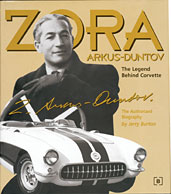Technical Paper
“Aviation Transportation Security”
2003-03-03
2003-01-1346
This essay presents a brief history of aviation security measures, including problems exploited by terror attacks such as those of September 11th. Recent policy modifications are also discussed. Finally, conclusions are drawn and rationally developed into a policy proposal for developing a more secure system of domestic aviation transportation.

